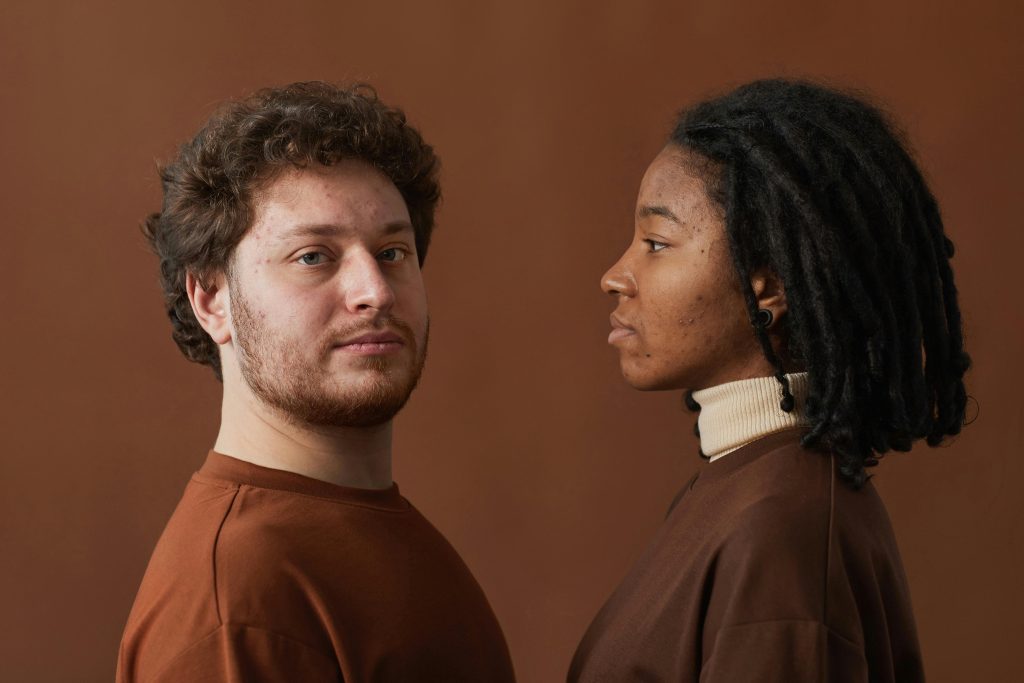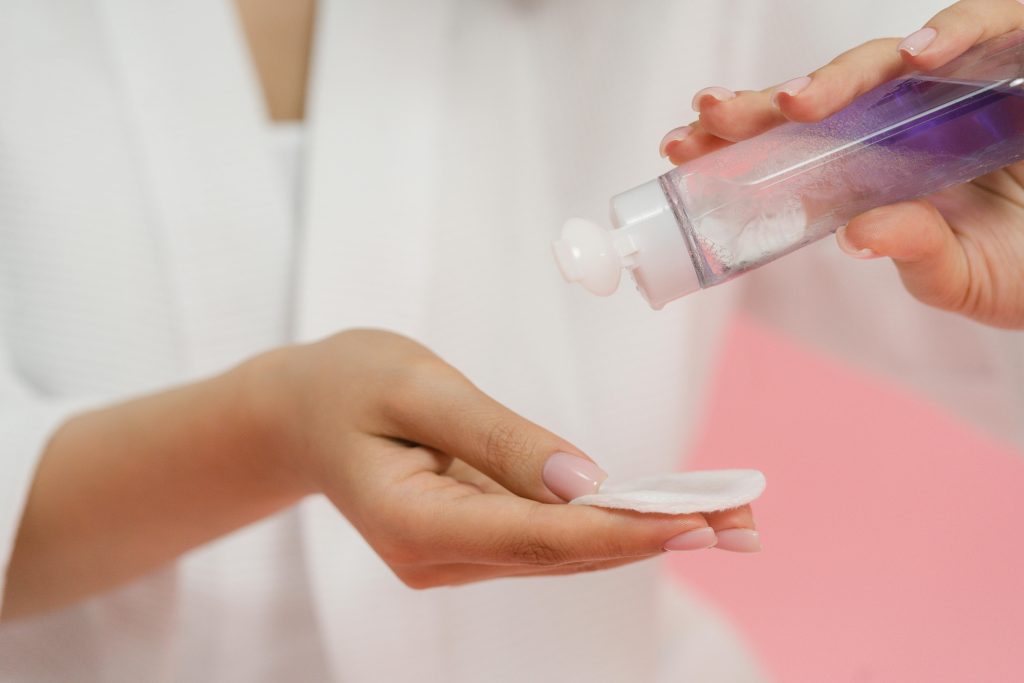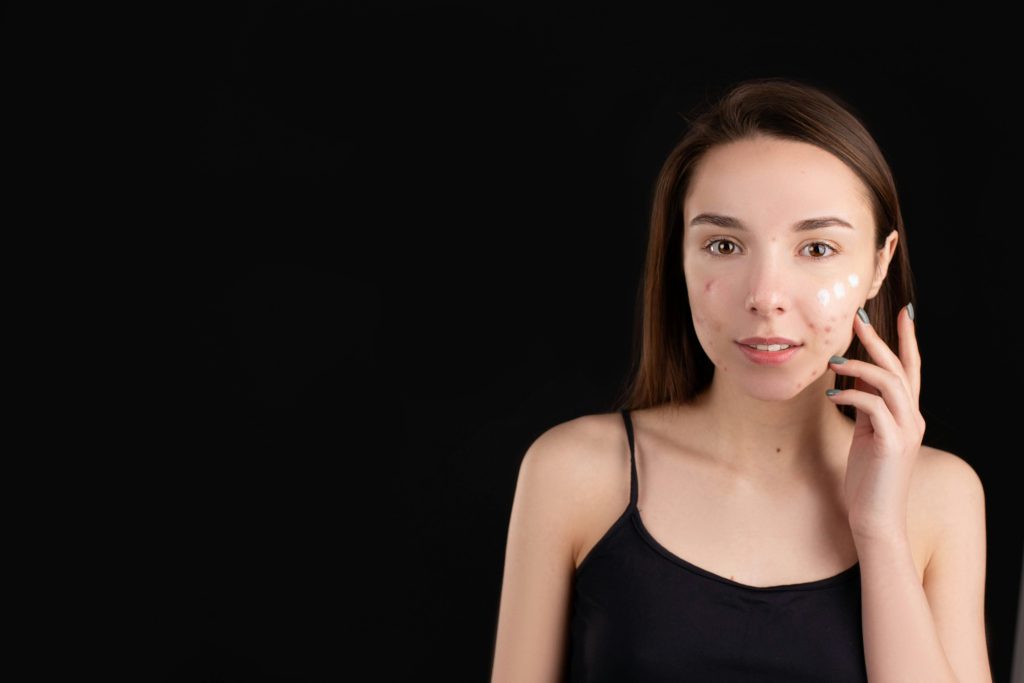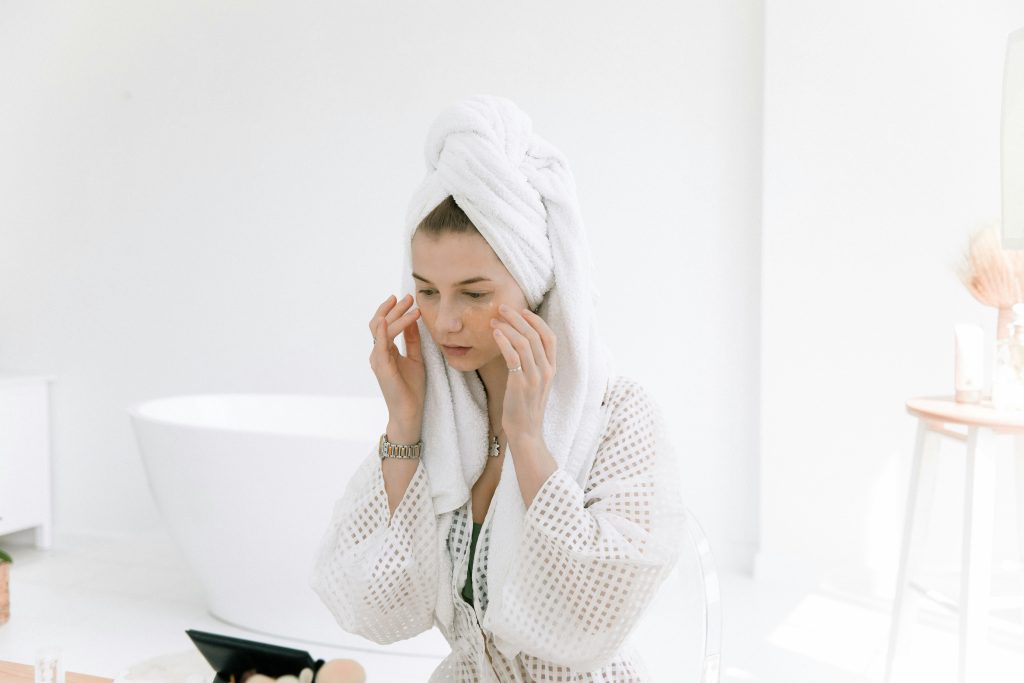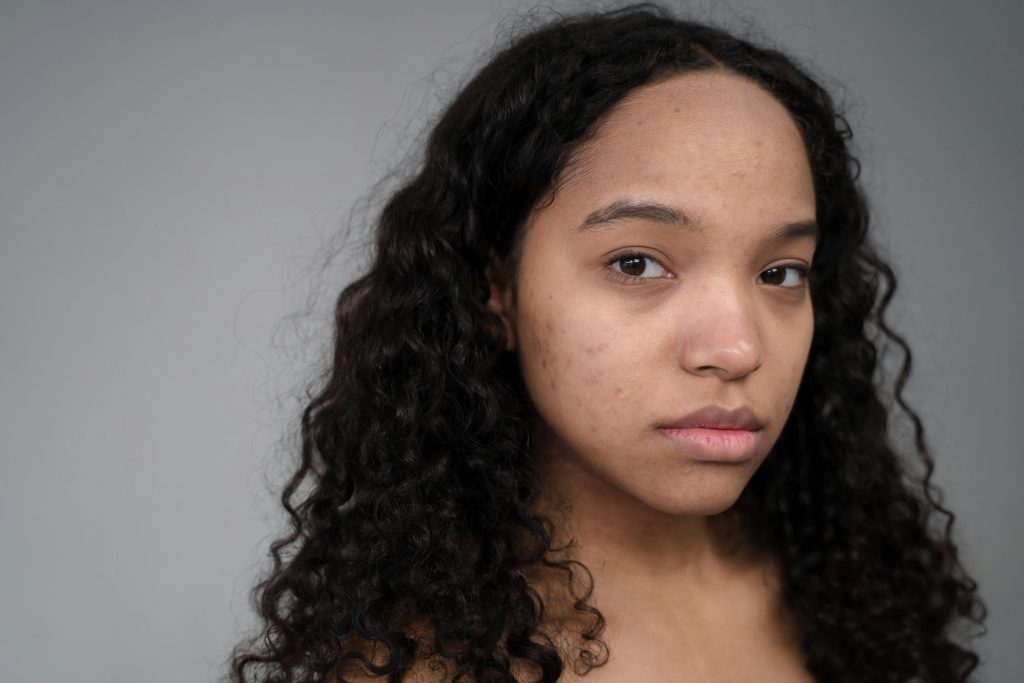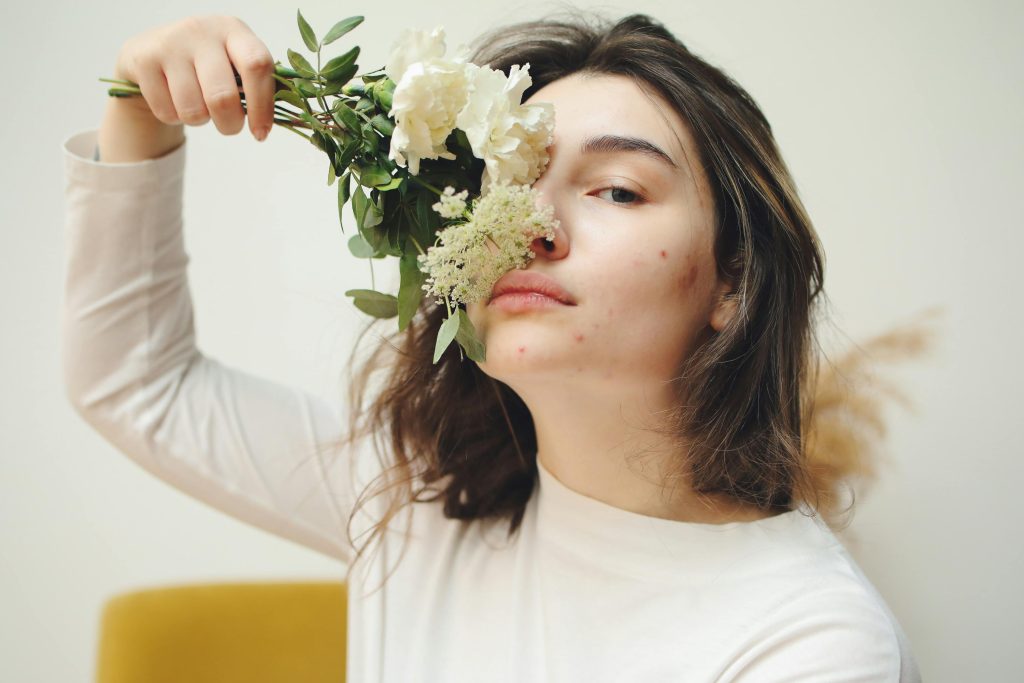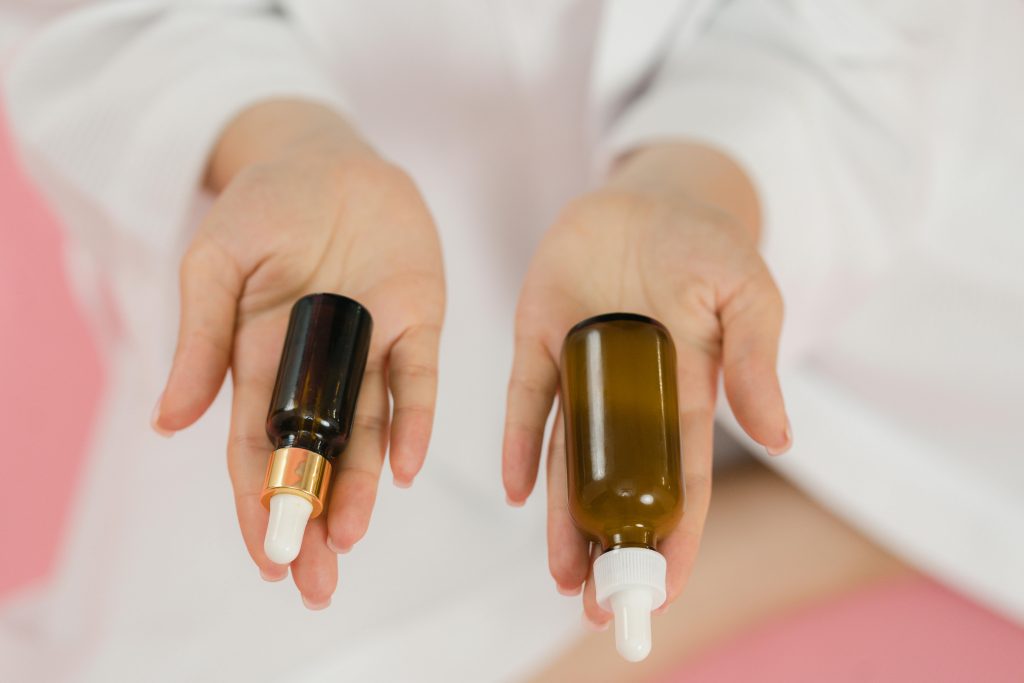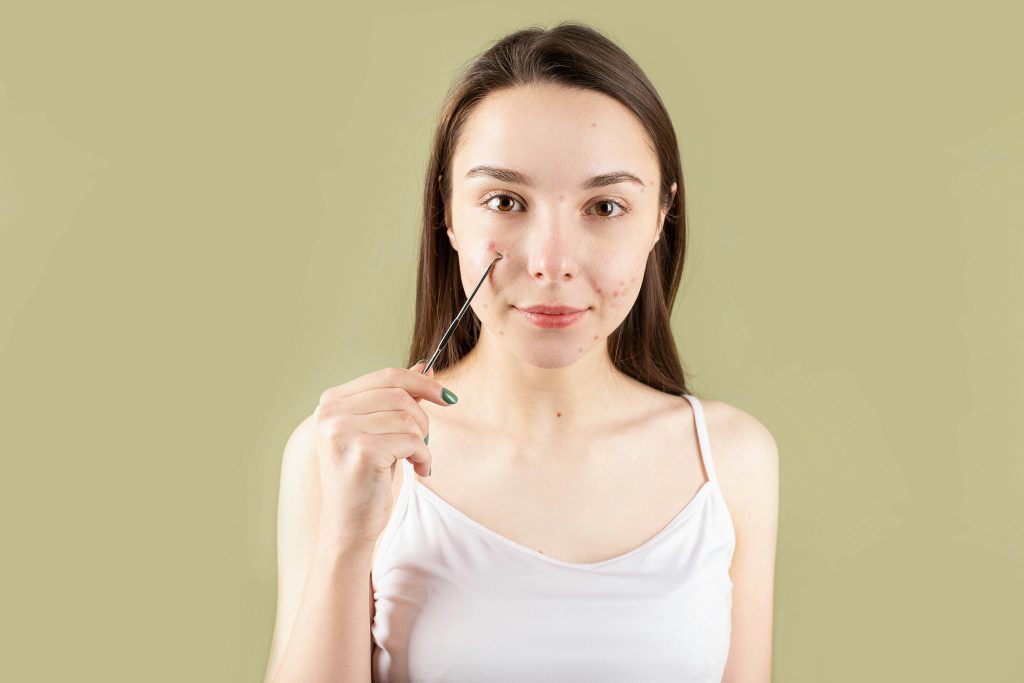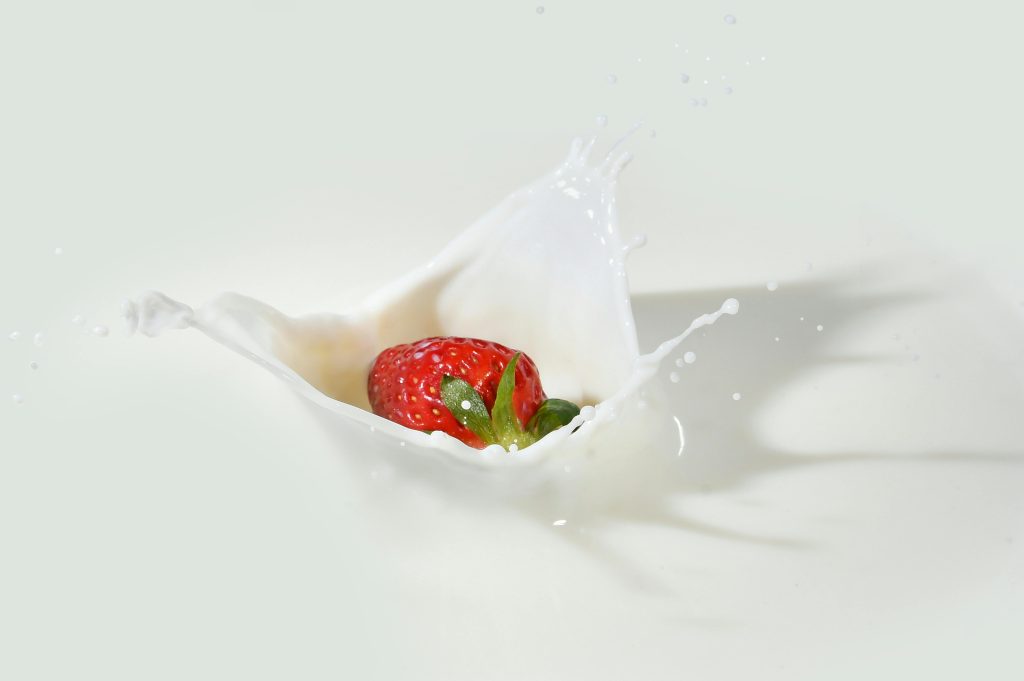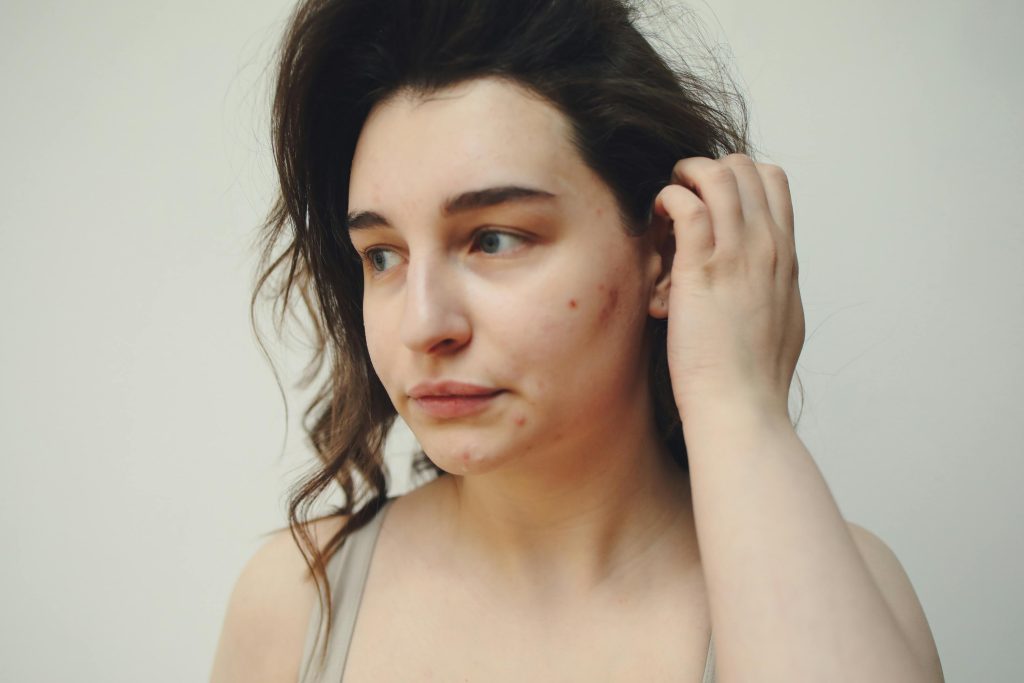
Cystic vs Hormonal Acne: What’s the Difference?
Acne can be frustrating and challenging to manage, especially when you’re unsure about the type you’re dealing with. Two of the most commonly confused types are cystic acne and hormonal acne.
While they may look similar, they have different causes, characteristics, and treatment methods. Let’s break down the differences to help you understand and manage each effectively.
What Is Cystic Acne?
Cystic acne is a severe form of acne that occurs when oil and dead skin cells build up deep within hair follicles, leading to painful, inflamed cysts. These cysts are often large, red, and filled with pus.
Characteristics of Cystic Acne:
📍 Large, painful bumps beneath the skin
📍 Redness and inflammation
📍 Pus-filled nodules or cysts
📍 Often leaves scars after healing
📍 Commonly found on the face, back, chest, and shoulders
Causes:
📍 Bacterial infection (often Propionibacterium acnes)
📍 Excessive oil production
📍 Blocked hair follicles
📍 Hormonal imbalances
📍 Genetic predisposition
What Is Hormonal Acne?
Hormonal acne, as the name suggests, is triggered by hormonal fluctuations. It’s particularly common in women during menstruation, pregnancy, menopause, or conditions like polycystic ovary syndrome (PCOS).
Characteristics of Hormonal Acne:
📍 Located mainly around the jawline, chin, and lower cheeks
📍 Breakouts coincide with hormonal changes (e.g., menstrual cycle)
📍 Often manifests as deep, painful bumps
📍 Can be cystic or nodular
📍 Typically more prevalent in adult women
Causes:
📍 Fluctuations in hormones, especially androgens
📍 Increased sebum production
📍 Inflammation and bacterial growth
📍 Stress and diet can also contribute
Key Differences Between Cystic and Hormonal Acne:
Aspect Cystic Acne Hormonal Acne Cause Bacterial infection, clogged pores. Hormonal fluctuations (e.g., menstruation) Location Face, back, chest, shoulders. Jawline, chin, lower cheeks. Appearance Large, painful cysts. Deep, painful bumps, nodules. Trigger Genetics, skin type. Menstruation, pregnancy, stress. Treatment Oral antibiotics, topical retinoids. Hormonal therapy, birth control pills.
How to Treat Cystic Acne
1. Topical Treatments:
💠 Retinoids to unclog pores
💠 Benzoyl peroxide to reduce bacteria
💠 Antibiotic creams to fight infection
2. Oral Medications:
💠 Oral antibiotics (e.g., doxycycline)
💠 Isotretinoin (Accutane) for severe cases
3. In-Office Procedures:
💠 Cortisone injections to reduce inflammation
💠 Drainage and extraction by a dermatologist
How to Treat Hormonal Acne
1. Hormonal Therapies:
💠 Oral contraceptives to regulate hormones
💠 Anti-androgen medications (e.g., spironolactone)
2. Topical Treatments:
💠 Retinoids to manage clogged pores
💠 Salicylic acid to reduce oil production
3. Diet and Lifestyle Adjustments:
💠 Reduce dairy and sugar intake
💠 Manage stress through mindfulness practices
When to See a Dermatologist:
If your acne is persistent, painful, or affecting your quality of life, it’s time to see a dermatologist.
They can assess whether your acne is cystic, hormonal, or a combination of both and recommend the most effective treatment plan.
FAQs: Cystic vs Hormonal Acne
- Can cystic acne be hormonal?
Yes, hormonal imbalances can trigger cystic acne, especially during puberty or menstruation.
- Can hormonal acne be treated with antibiotics?
Antibiotics are typically less effective for purely hormonal acne, as they target bacterial causes rather than hormonal imbalances.
- Is hormonal acne always on the chin?
Hormonal acne is most commonly found around the chin and jawline, but can also appear on the cheeks and neck.
- Can diet affect both types of acne?
Yes, a high-glycemic diet and dairy consumption can exacerbate both cystic and hormonal acne.
- Can I have both cystic and hormonal acne simultaneously?
Yes, it’s possible to have both types, especially if hormonal fluctuations lead to cyst formation.
Conclusion
Understanding the difference between cystic and hormonal acne is essential for effective treatment.
While cystic acne often requires prescription medications like antibiotics or isotretinoin, hormonal acne may respond better to birth control pills or anti-androgen drugs.
Identifying the root cause of your acne can help you choose the right skincare routine and treatment plan, ultimately leading to clearer and healthier skin.

